Search results for: “car”
-

Claim, Evidence, Reasoning (CER) Science Topics
A list of topics and articles for students to use to practice claim, evidence, and reasoning.
-
Macromolecules: Sketchnotes
In the past, I’ve had students create concept maps to help them organize the four macromolecules and related details. This year, I modified the assignment to try to encourage the use of sketching to help students remember the details. Students were asked to focus on one of the four macromolecules: lipids, carbohydrates, nucleic acids, or…
-
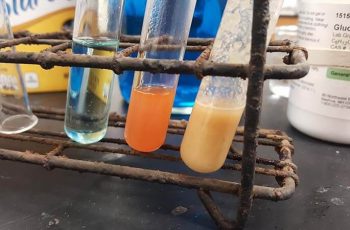
McMush Lab
I designed this investigation for AP biology though it could be modified to work with students in introductory biology classes. First students learn the four macromolecules important to life: carbohydrates, lipids, proteins, and nucleic acids. They can then venture into the lab where they use indicators to test for the presence of these molecules in…
-
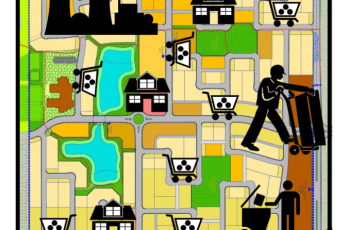
Cell City
This popular activity asks students to read a story about a fictional town where each part of the city is compared to the parts of a cell. For example: “Widgets are generally produced in small shops around the city, these small shops can be built by the carpenter’s union (whose headquarters are in town hall.)” In this…
-
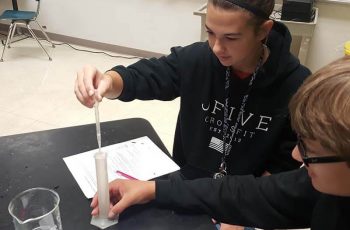
Investigation: Tools and Measurements
I designed this activity to help students become familiar with basic equipment found in the lab. Students take volume measurements using a graduated cylinder, beaker, and a 3ml pipette. Ultimately, they must determine how many single drops of water are in 1 milliliter by designing a way to test this given the tools provided.…
-
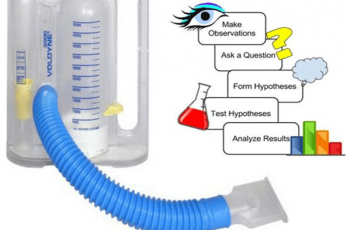
Investigation: Processes of Science
Students must develop their own causal question about what biological factors affect a person’s lung capacity, Then test their hypothesis using a respirometer.
-
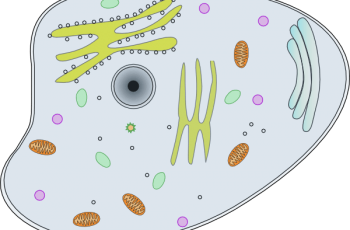
Investigation: Why Are Cells So Small?
This activity requires students to practice math skills by measuring the surface area and the volume of boxes. Collect boxes for students to use, these can be any type of box, such as tissue boxes, food boxes, or shoe boxes. Ideally, you want a range of sizes, with at least one box being overly…
-

Investigation: Stride Length and Bone Lengths
This activity is intended to introduce students to spreadsheets while also reinforcing concepts learned in the unit on the skeletal system. While graphs may be easier to create using google sheets, student can still create graphs by hand using graph paper. Your class will need a set of meter sticks or rules to…
-
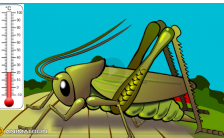
Investigation: What Factors Affect Cricket Chirps?
One of my favorite scientific method activities was a project that used a flash simulation to investigate cricket chirps and how the frequency is affected by temperature, humidity and wind speed. Unfortunately, flash is no longer supported by modern browsers. This alternative assignment asks students to listen (and count) cricket chirps, create a data…
-
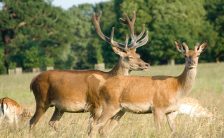
Investigation: Estimating Population Size
In this investigation, students simulate how mark and recapture techniques are used to estimate population size. Prepare populations in advance by gathering 60-150 small objects, like toy spiders, beans, or beads. Toy animals seem to be more exciting for students, and you can sometimes find them at dollar stores. In my class, I…
-
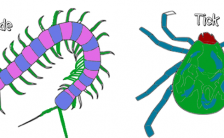
Comparing the Anatomy of Arthropods (Coloring)
This simple activity was designed for intro level biology (life science). Students read about different types of arthropods and learn what characteristics they share, such as an exoskeleton and segmentation. Then they reading focus on specific groups: insects, arachnids, crustaceans and centipedes. The goal is for them to learn that each group has a…
-
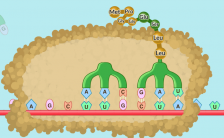
Manipulate DNA in a Simulation to Explore Mutations
This activity uses a simulation from the Concord Consortium. It shows how DNA is transcribed to RNA and then turned into a protein. It’s a very clear animation and can be used on its own as part of a lecture on protein synthesis. I have even used this as a demonstration to show protein folding…
-
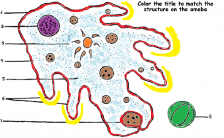
Color the Cellular Structures of the Ameba
This worksheet describes the structures of the unicellular protist known as the ameba. Though NGSS standards do not require units on protozoans, this can still be a useful exercise for examining how structure relates to function and how single-celled organisms move, consume food, and reproduce. What is the amoeba? An amoeba is a type of…
-
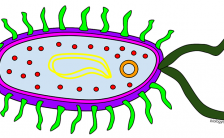
Color a Typical Prokaryote Cell
This worksheet is similar to the animal cell coloring and the plant cell coloring, where the focus is on structures found in the cell and how those structures relate to the cell’s function. Students read a short passage about prokaryotes and the two kingdoms of bacteria: archaeabacteria and eubacteria. The passage includes information about…
-
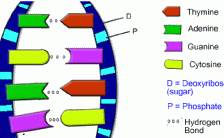
DNA Coloring
DNA, or deoxyribonucleic acid, is a molecule that carries the genetic instructions used in the growth, development, functioning, and reproduction of all known living organisms and many viruses. It consists of two long chains of nucleotides twisted into a double helix structure. Each nucleotide is composed of a sugar molecule (deoxyribose), a phosphate group, and…

